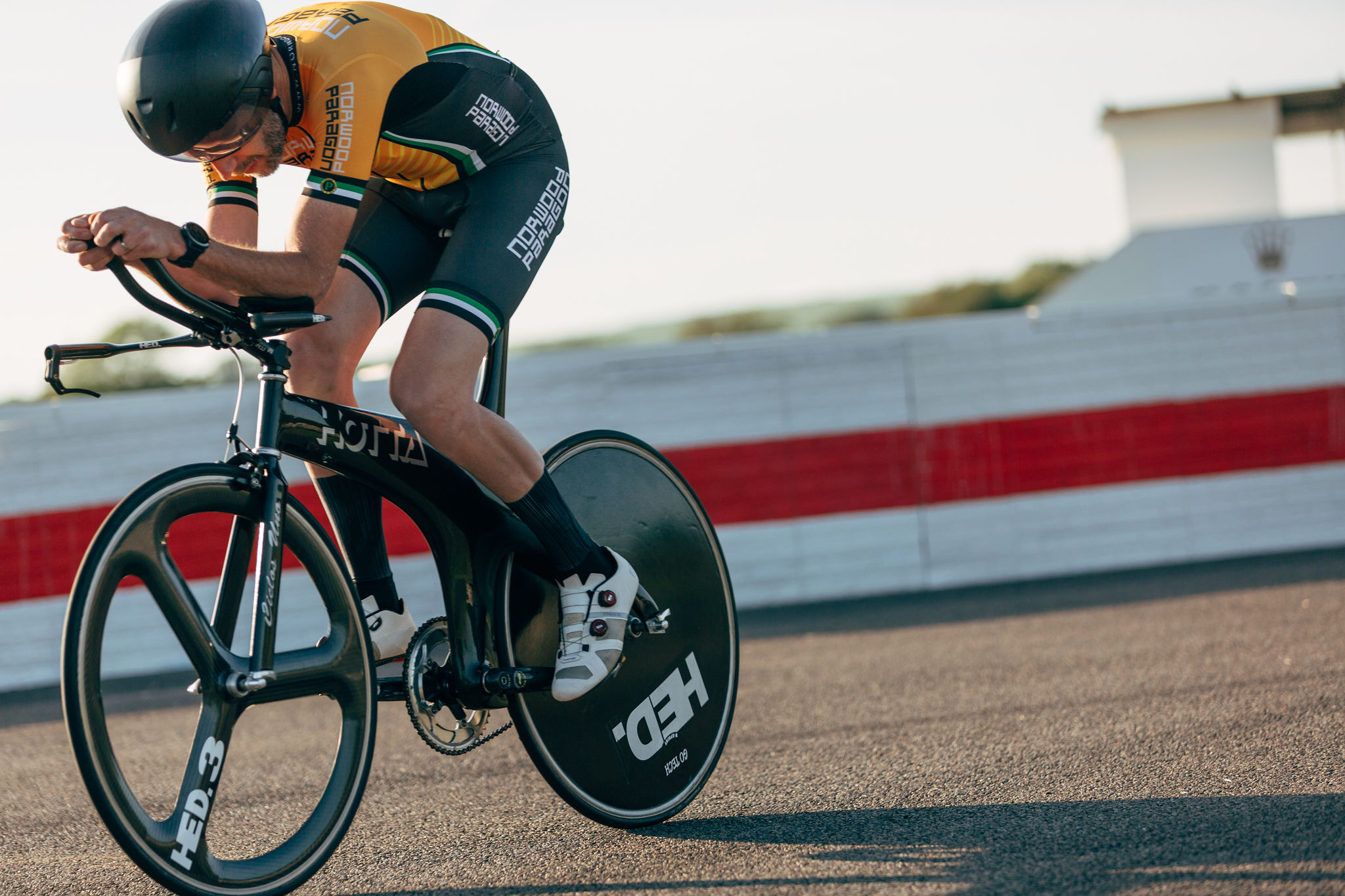Top 7 road bikes for 2023 – lightweight hyperbikes, 'controversial' endurance bikes and much more besides
We take you through the most headturning drop-bar road bikes of the last 12 months
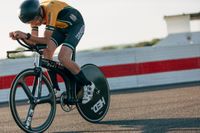
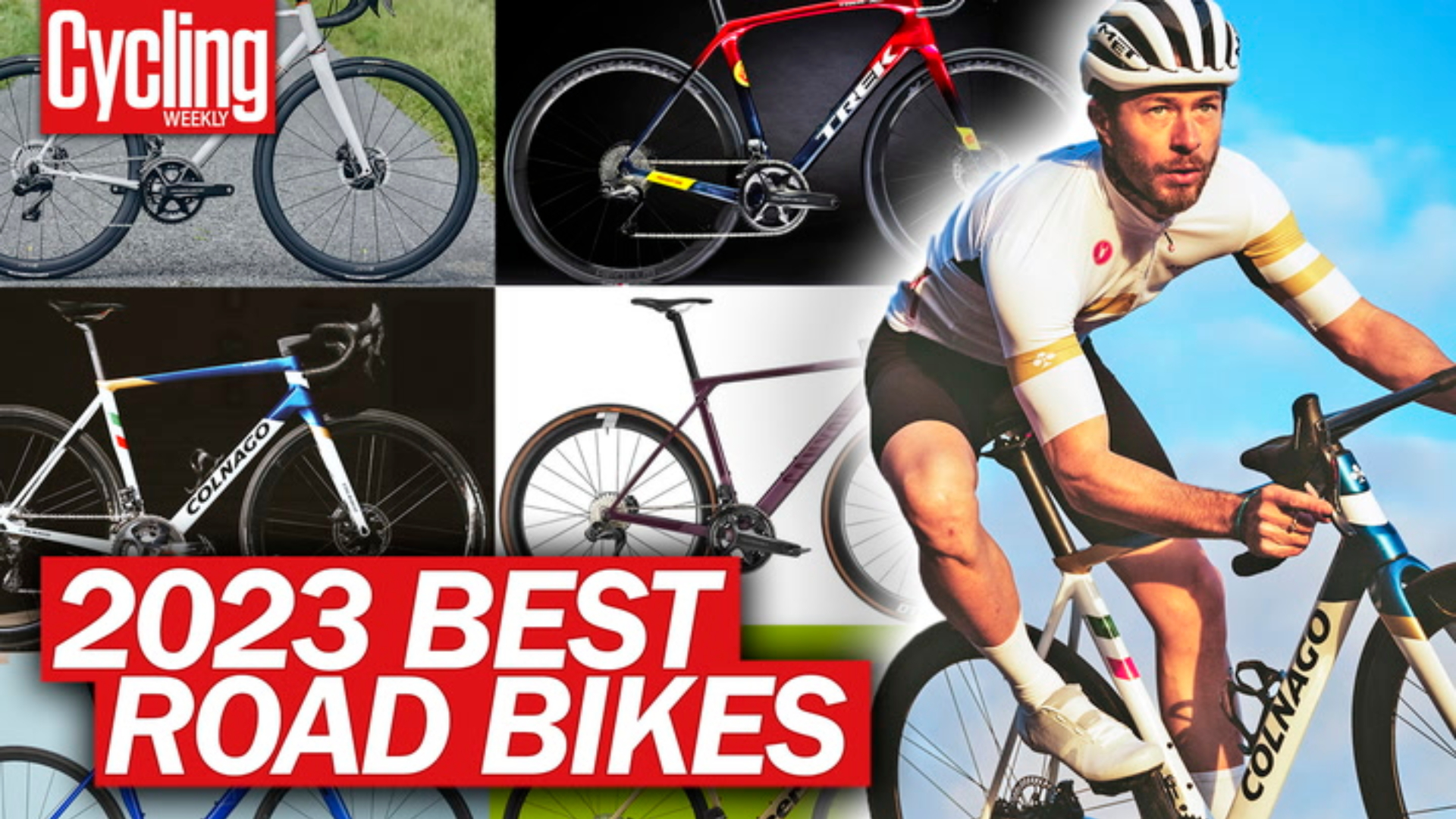
The industry might still be getting back up to speed post pandemic, but there was no shortage of bike launches this past last year.
We’re going to take a look at the new bikes that have impressed us the most and the ones we’d recommend if you’re after the latest and greatest. That doesn’t always mean the most expensive, though. Of course, we have some 'halo bikes' in our list, but we’ve looked at value for money as well as pure performance, too - and they’re not all made of carbon either!
And if you're wondering where all the aero bikes are, we've given these watt-saving speedsters their own dedicated list.
Colnago C68

However, we are kicking proceedings off with a bike that is definitely in that halo category, and that we would say is truly heavenly. The Colnago C68.
The perfect blend of tradition and technology, this really is a next-generation classic.
It’s still handmade in Italy, as all the C series Colnagos have been, and is still made up of separate tubes rather than a monocoque. This time though, the lugs are incorporated into the tubes themselves. For example, the top tube also includes the lugs that join it to the head tube and the seat tube, giving it a smooth, modern look.
Colnago also offers a version with 3D printed titanium lugs so that you can have a fully made to measure C68.
The latest race content, interviews, features, reviews and expert buying guides, direct to your inbox!
It comes with a brand new CC.01 handlebar that will be used with other new Colnagos in the future - and is already specced with the new Colnago V4RS. And so that you don’t have to worry about the time consuming job that is dismantling an integrated cockpit, it comes with a CeramicSpeed headset that has a lifetime guarantee.
We gave the C68 five stars when we reviewed it in CW (online review coming soon, same score). If you’re after the classiest superbike out there, this has to be it.
As you’d expect, it’s reassuringly expensive, with the frameset costing £5,069.95/$7,099.99, while the Dura-Ace Di2 build that we reviewed is £12,499.95/$16,000.
Cannondale Synapse Carbon SmartSense
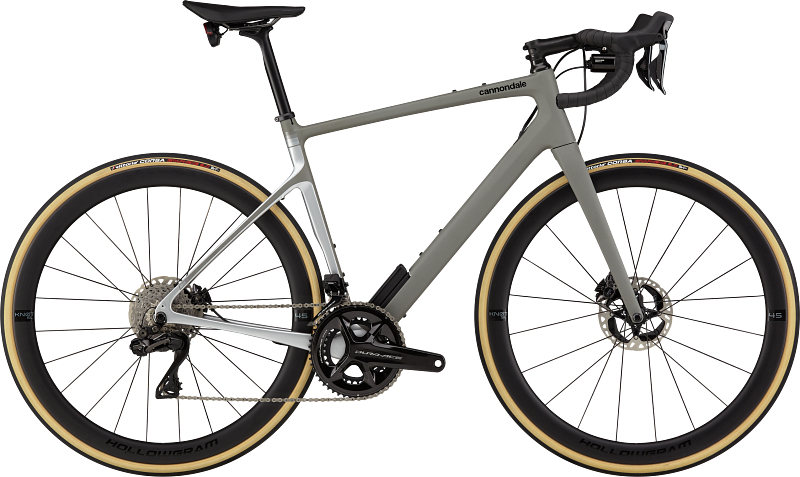
Cannondale’s new Synapse comes with ‘SmartSense’ - integrated lights and radar that run off a single battery. This sort of thing is commonly built into e-bikes but it’s the first time we’ve seen a major player like Cannondale implement it into one of its big selling models.
Cannondale says it’s all about convenience and confidence and when we rode it we absolutely understood where it was going with it. Daytime running lights and rear-facing radar are two things a lot of us don’t leave home without… and with this bike you actually can’t leave home without them!
The bike itself has been completely redesigned and has a beautiful ride quality. The classic endurance geometry of its predecessor remains but the comfort has been improved; there's now clearance for 35mm tyres and according to Cannondale offers the smoothest ride yet. We’re inclined to agree.
You can buy the Synapse Carbon 4 without the lights and radar - but still SmartSense compatible - for £2,400/$2,600 with a Shimano Tiagra spec, or go right up to £9,000/$9,050 for the Synapse 1 RLE with Dura-Ace Di2 and all the lights and radar.
Gamechanger is an overused word but it’s the only one to describe the Synapse.
VAAST R/1
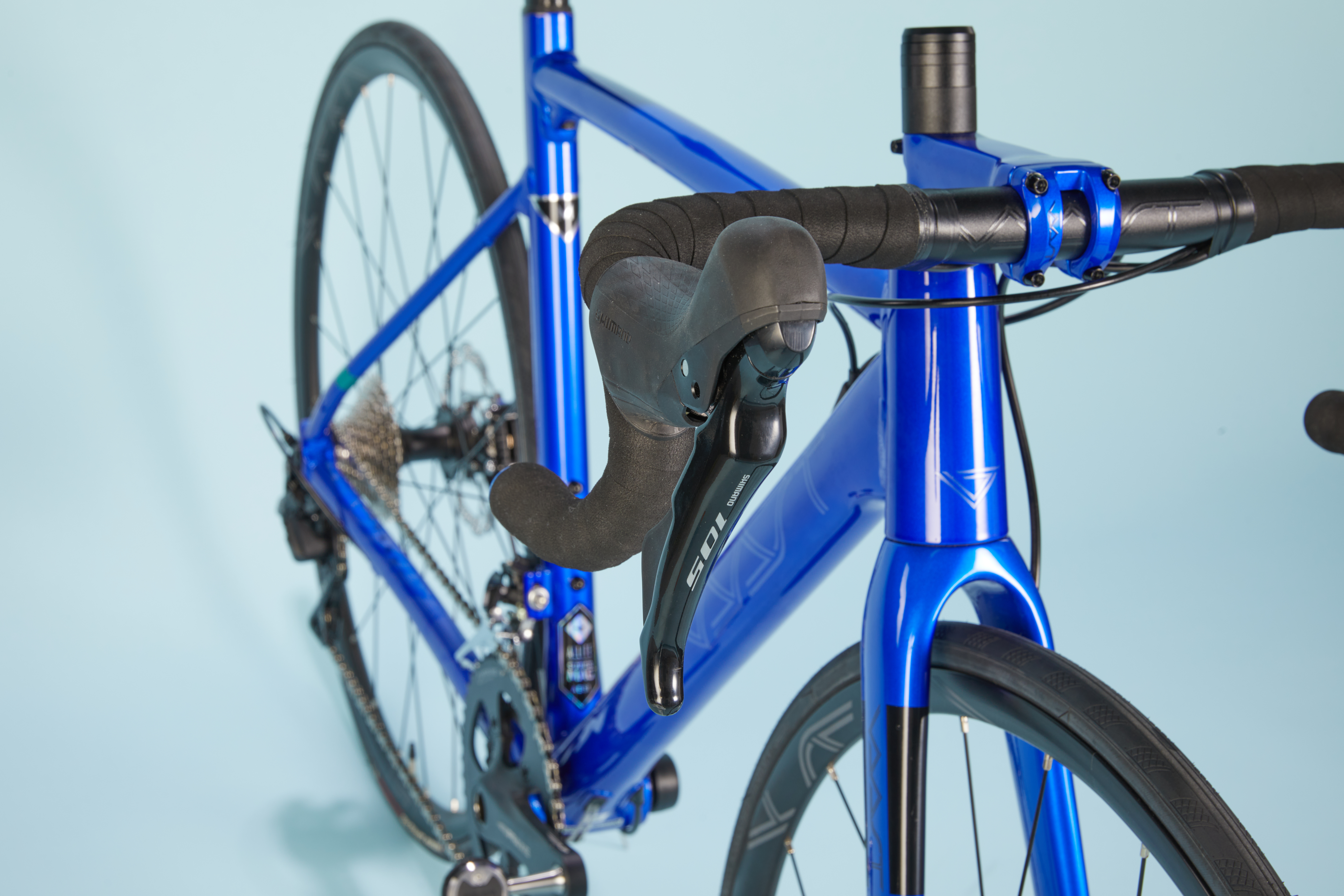
If you haven’t heard of VAAST yet, well, you have now and we think you’ll be hearing a lot more about this exciting new American brand in the future.
The VAAST R/1 is made from magnesium tubing which, it says, is lighter than titanium, stronger than steel and is priced competitively against aluminium.
Alongside the claimed performance benefits magnesium is easier to recycle than aluminium and VAAST also uses ‘fiber based, plastic-free packaging’ and partnering with Green Worldwide Shipping to offset the carbon emissions of its shipping.
So we’ve got strong, light and cheap - can we really expect all three or must we pick two, as Keith Bontrager famously said?
The VAAST R/1’s list price of £2,299.99/$2.299.99 is towards the cheaper end of high-performance alloy bikes equipped with Shimano 105, whilst the weight is 8.93kg - towards the lighter end. The weight-to-price ratio is really quite impressive.
We didn’t test it for long enough to be able to comment on strength, but there are some very industrial looking welds holding the tubes together that arguably could be a bit neater and don’t look as if they’ll break any time soon.
Certainly, the VAAST is in this list not just for the magnesium novelty factor. It stands out as a great option at this price point on its own merit.
Canyon Ultimate
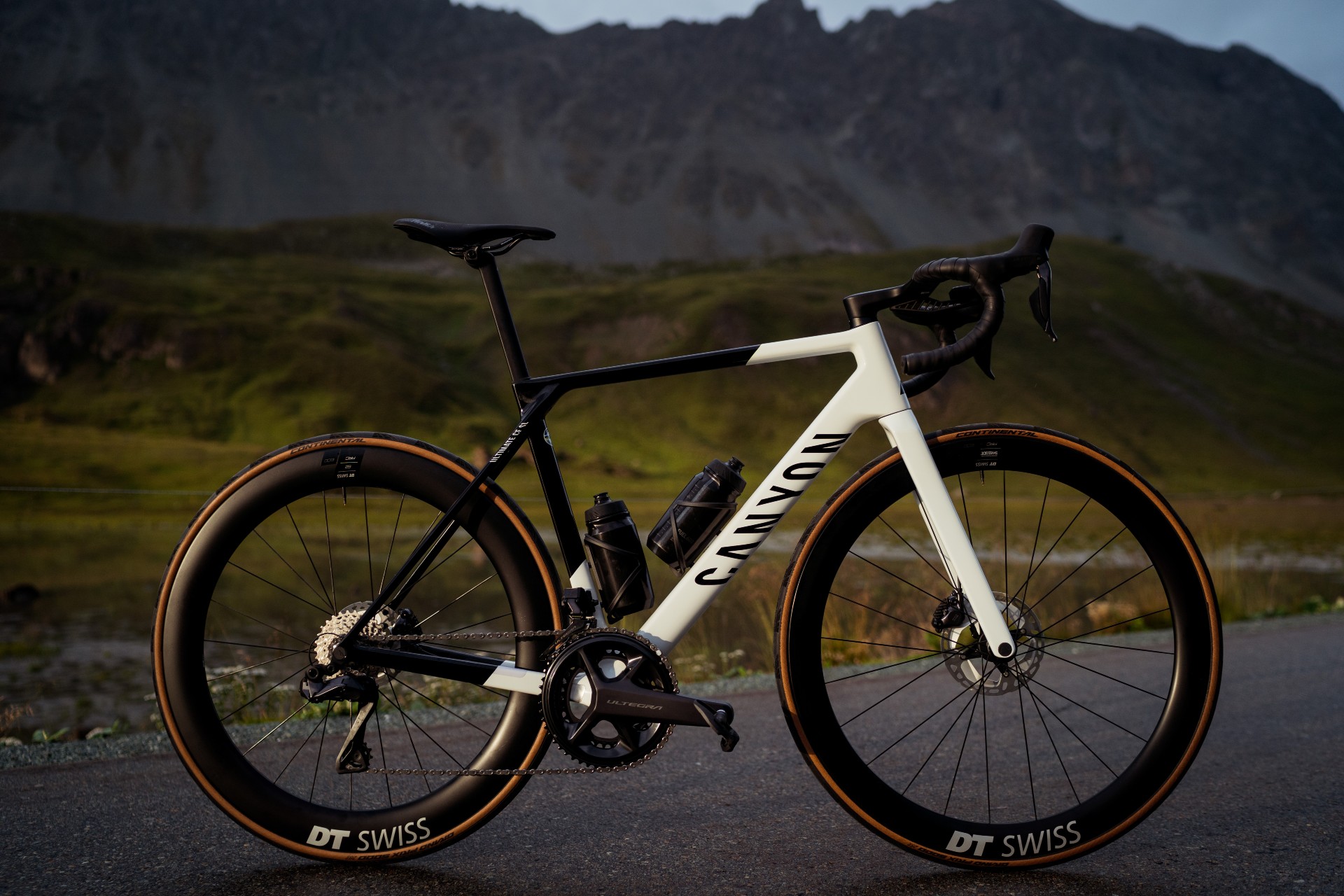
The fifth generation of the German brand’s lightweight climbing bike is an evolution rather than a ground-up redesign.
However, what to the naked eye may look like minor refinements have yielded some major improvements, according to Canyon. It lists the key areas where the new Ultimate improves over its predecessor as:
- Better comfort and improved ergonomics with room for up to 32mm tyres..
- Reduced drag, saving up to a claimed 10 watts for the frameset alone compared to the previous model.
- Invisible integration of cables and lines in an easy fitting cockpit with simple height and width adjustment,and no steerer tube cutting needed.
- A very low weight: a claimed 6.3 kg for the flagship Ultimate CFR Di2.
We rode it at its launch and were impressed by the refined ride quality and the new geometry, which is now the same as the Aeroad’s.
But we also love that Canyon has kept the Ultimate’s instantly recognisable aesthetic. In a world full of bikes with dropped seatstays and deeply sculpted carbon, the Ultimate provides a breath of fresh air with its gentle lines, classic looks and colourways.
Pricing starts at £2,699/$2,999 for the Ultimate CF SL 7 with mechanical Shimano 105 and goes up to £10,899/$8,499 for the Ultimate CFR eTap with SRAM Red AXS and Zipp 353 NSW wheels.
Fairlight Strael 3.0

The third iteration of British brand Fairlight’s steel road bike is made from Reynolds 853 and 725 tubes, all custom made for the brand. And it’s these tube profiles that make it something really special.
The triple-butted top tube, made from Reynolds 853, is particularly distinctive: it’s fully ovalised, which Fairlight says is a “critical” component in its desire to deliver a comfortable ride. The chainstays and dropouts are also noteworthy and unlike anything you're likely to see on any other steel road bike.
The impressive workmanship and attention to detail are mirrored throughout the Strael. Every area of the bike seemingly has a clear purpose, which is then beautifully executed.
A few added details completes the Strael’s thoughtful design: mounts for mudguards, a rear rack and an extra bottle cage on the underside of the down tube, a modular cable guide system that works across mechanical groupsets as well as Shimano Di2 and SRAM eTap, and internal routing for a dynamo light on the carbon fork.
To ride, it excels across the board, with a connectivity to the road that inspires confidence, whether you’re cruising along or looking to put the hammer down.
The frameset costs £1,399 while the Ultegra build we reviewed goes for £3,099.
It’s fairly priced for a bike that will last you well beyond 2023, or even 2033 come to that.
Cervelo Soloist
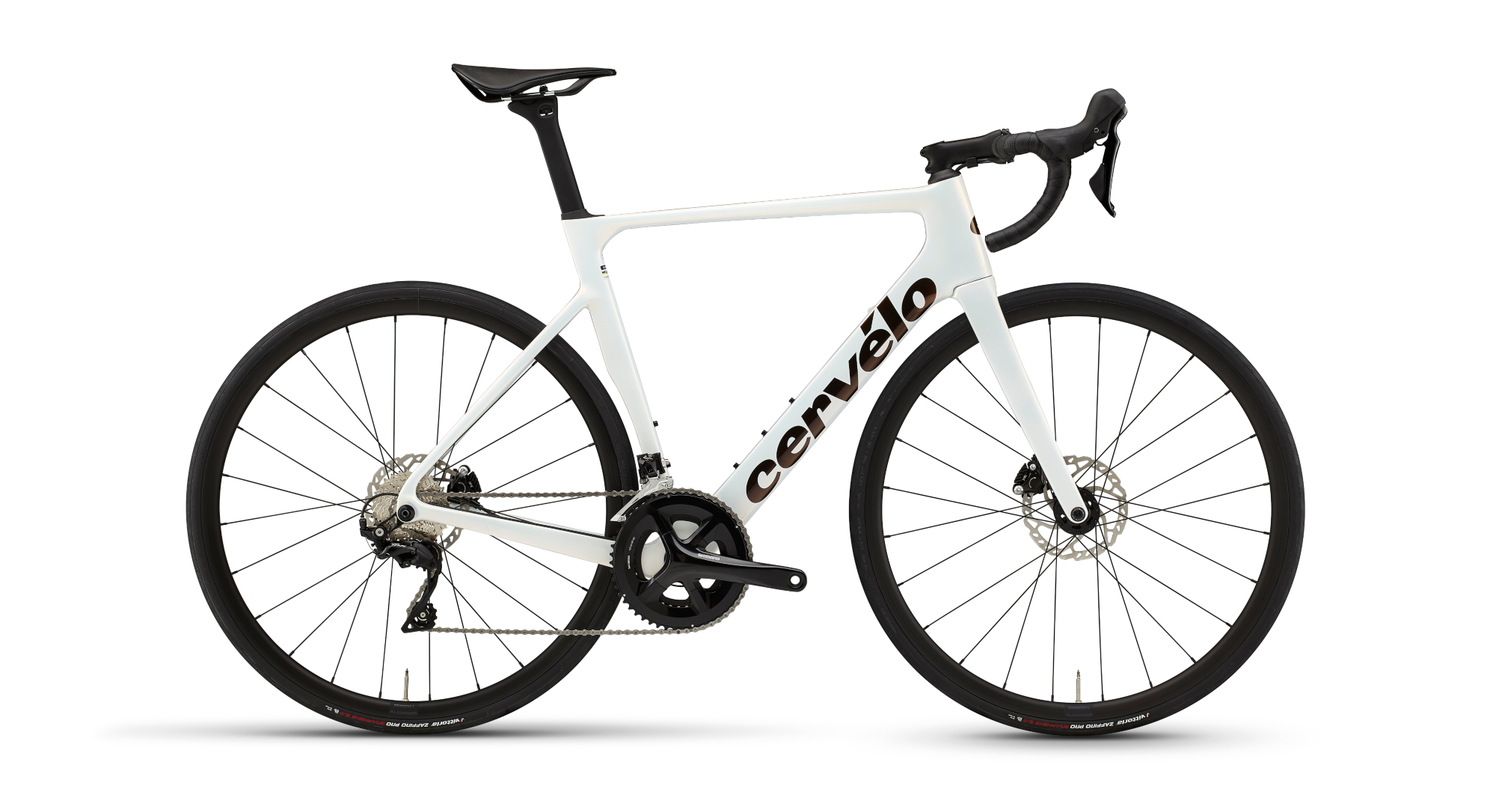
Hang on, isn’t this the bike that cycling journalists always claim was the first ever aero road bike back in the early Noughties?
Yes and no. The Soloist has come back as what Cervélo says is an affordable, practical bike for what it calls the “week in, week out amateur racer.”
It’s a touch lighter than the S5 and significantly more aerodynamic than the R5 according to Cervélo. There are a few similarities to the latest Caledonia in there too, including the dropped rear stays, which allow up to 34mm tires.
You can buy the Caledonia with cable operated gearing but the Soloist undercuts it by a few hundred pounds: the Soloist 105 retails for £3,000/$3,400, while the Ultegra specced model costs £3,500/$4,300. While we’d never try to convince anyone that this isn't still a large sum of money to spend on a bicycle, it does make the Soloist far more affordable than Cervélo's other race-focused offerings.
The most expensive models are equipped with Shimano Ultegra Di2 and SRAM Force eTap AXS and are £6,800/$6,000 and £7,100/$6,800 respectively, which is around half as much as the top Specialized S-Works Aethos, for example.
Trek Domane
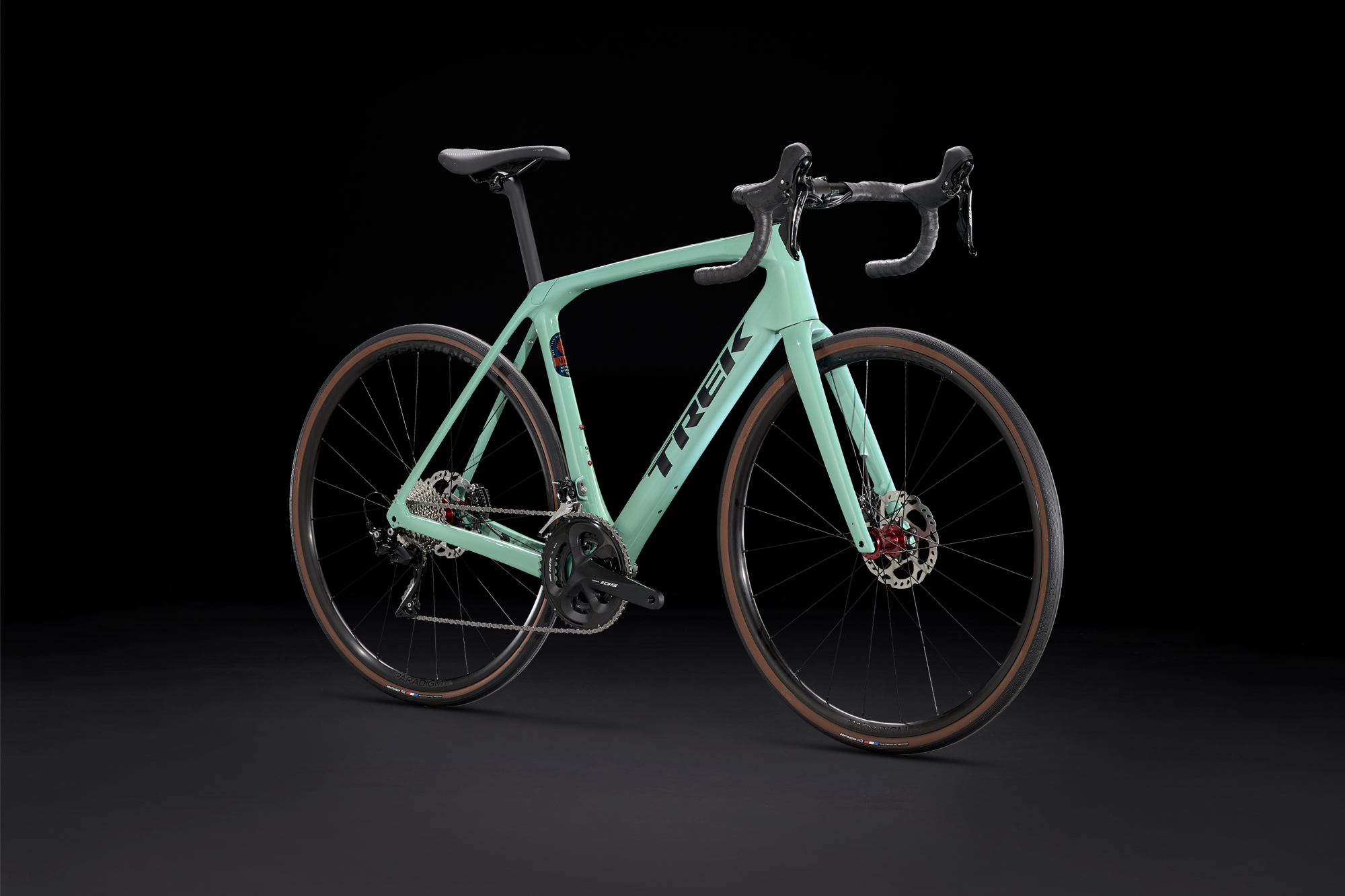
Trek overhauled the Domane’s Isospeed suspension system in the pursuit of reduced weight and greater simplicity. It’s now a rear-end system only and it’s non-adjustable, with Trek saying Domane users told them the adjustability function was rarely used.
SLR builds are as much as 700g lighter than the outgoing models, while SL builds shave around 300g off the total weight.
You might think this will make the bike lighter but at the expense of comfort. Not so, says Trek. It claims the IsoSpeed on the new bikes is set to mirror the previous system in its “most comfortable setting”.
This bike is too new for us to have tested it, but earlier in the year when we reviewed the outgoing version we said it was the smoothest thing on two wheels… but its weight had crept up over the 9kg mark. That was really our only criticism. We certainly have high hopes for the Gen 4 model, enough so that we can include it in this list without having ridden it.
Pricing starts at £3,300/$3,499 for the new Domane SL 5, which features Bontrager Paradigm SL wheels and a mechanical Shimano 105 groupset, and goes up to £12,500/$13,199 for the Red eTap AXS SLR 9.
You can check out all the Trek Domane builds and prices at Trek's website.
Simon Smythe is a hugely experienced cycling tech writer, who has been writing for Cycling Weekly since 2003. Until recently he was our senior tech writer. In his cycling career Simon has mostly focused on time trialling with a national medal, a few open wins and his club's 30-mile record in his palmares. These days he spends most of his time testing road bikes, or on a tandem doing the school run with his younger son.
